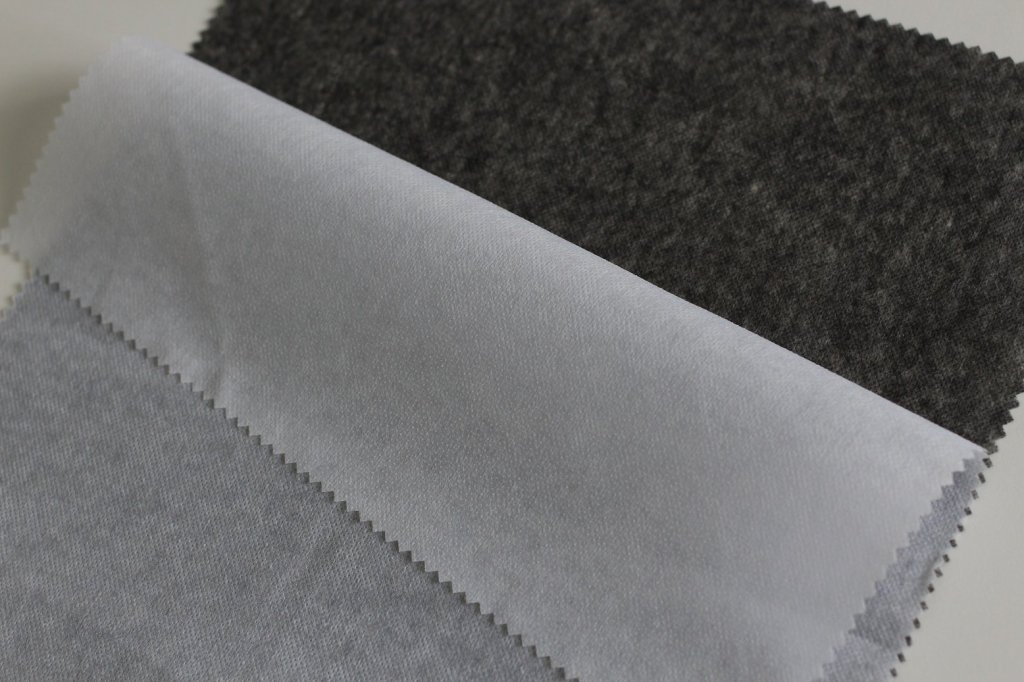Non-woven interlining is a versatile textile material crucial in various industries, including fashion, home textiles, and automotive. It offers several advantages over traditional woven interlining, making it a popular choice among manufacturers and designers. This comprehensive guide will explore the benefits, applications, and factors to consider when selecting non-woven interlining.
Non-woven interlining is a fabric-like material composed of fibres entangled together through various processes, such as heat, chemicals, or mechanical means, instead of woven or knitted. This unique manufacturing method gives non-woven interlining distinct properties and opens up various applications.
Benefits of Non-Woven Interlining
Enhanced Fusibility: Non-woven interlining is designed to have excellent fusibility, ensuring strong adhesion between the interlining and the fabric during garment production. This property enables precise shaping, crisp collars, and durable garment construction.
Soft and Lightweight: Non-woven interlining provides a soft and lightweight feel, adding comfort to garments without compromising their structural integrity. It enables the creation of garments with a natural drape and a pleasant wearing experience.
Versatility: Non-woven interlining can be manufactured in various thicknesses and densities, allowing customization based on specific application requirements. It suits various fabrics and garments, from lightweight shirts to heavy outerwear.
Stability and Durability: Non-woven interlining adds stability and durability to garments, helping them maintain their shape over time. It prevents distortion, puckering, and stretching, contributing to the longevity of the finished product.
Applications of Non-Woven Interlining
Fashion Industry: Non-woven interlining Fabric is extensively used in the fashion industry for reinforcing collars, cuffs, waistbands, and other areas that require added structure. It provides support, shape, and stability to garments, enhancing their overall appearance and quality.
Home Textiles: Non-woven interlining finds applications in home textiles such as curtains, upholstery, and bedding. It adds body and thickness to fabrics, ensuring proper draping and enhancing their aesthetic appeal.
Automotive Industry: In the automotive sector, non-woven interlining produces car seats and interior components. It contributes to automotive textiles’ comfort, shape retention, and durability.
Factors to Consider When Selecting Non-Woven Interlining
Weight and Thickness: The weight and thickness of the non-woven interlining should align with the fabric and garment type. Lighter interlinings are suitable for delicate fabrics, while heavier ones are more appropriate for structured garments.
Fusibility: Different interlinings have varying fusibility levels. Selecting an interlining with appropriate fusibility for the specific fabric is important to ensure proper adhesion and long-lasting results.
Washing and Care Requirements: Consider the washing and care instructions for both the interlining and the fabric to ensure compatibility. Some interlinings may require special care, such as dry cleaning or low-temperature washing.
Environmental Considerations: Non-woven interlining can be manufactured using eco-friendly materials and processes. If sustainability is a priority, consider interlinings made from recycled fibres or produced with reduced energy and water consumption.


Leave a Reply